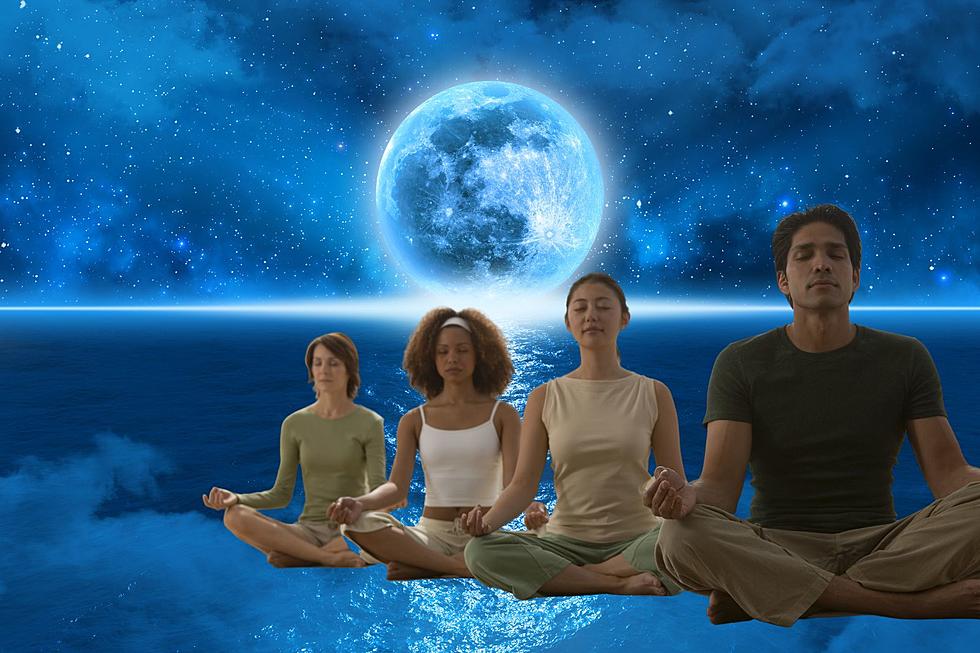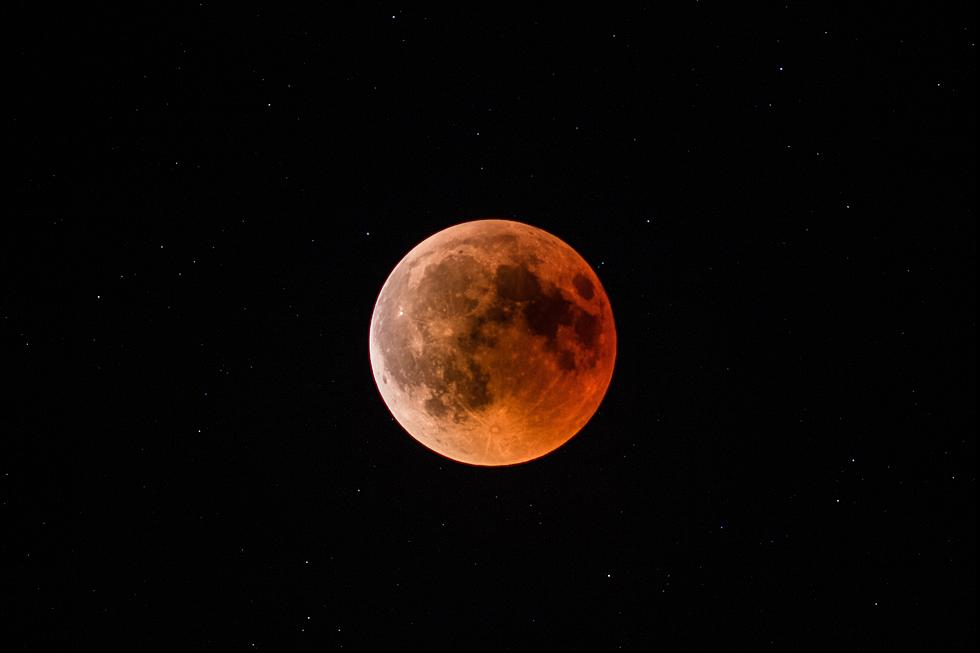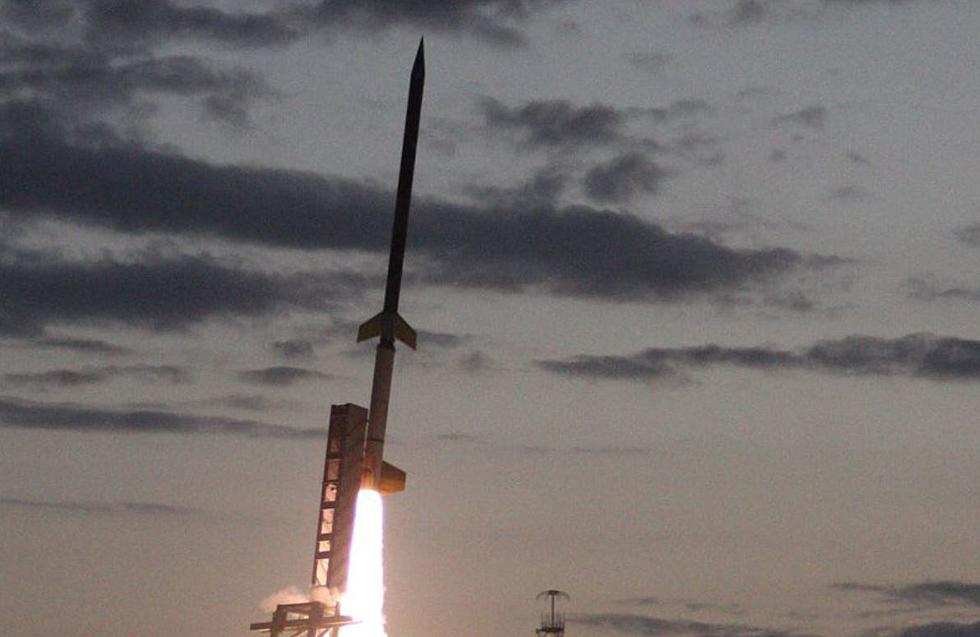
The Truth About the Phrase “Once in a Blue Moon”
This is a quickie post. I won't keep you long.
I was researching the Super Blue Moon that's happening next week on Wednesday, August 30 (2023). You can read what the moon means and how to prepare in part 2 that's coming up.
Anyway, whilst doing said research, I thought I discovered the origins of the term "once in a blue moon". I had a false Ureka moment et all. But before I got excited about this discovery somebody definitely already had, I did my due diligence.
Who am I kidding? I Googled origins of "once in a blue moon" and stumbled upon an article by Sky & Telescope (The Essential Guide to Astronomy) that lays out some really interesting astronomy about blue moons. My thoughts were that the term blue moon come from the idea that the second full moon of the same month is called a blue moon-- and because they don't happen that often, they are considered rare. And because they are considered rare, the term "once in a blue moon" was born. But according to Sky & Telescope, this isn't true. You could literally hear the wah wah wah wah in the background as I continued to read.
In all, the article highlights the 4 origins/meanings of the phrase "once in a blue moon"--which you can read at your leisure. But the gist is this, there are actual historical examples of the moon actually "turning" blue or appearing to be blue in the sky.
When the Indonesian volcano Krakatoa exploded in 1883, its dust turned sunsets green and the Moon blue all around the world for the best part of two years. In 1927, the Indian monsoons were late arriving and the extra-long dry season blew up enough dust for a blue Moon. And Moons in northeastern North America turned blue in 1951 when huge forest fires in western Canada threw smoke particles up into the sky.
So, by the mid-19th century, it was clear that visibly blue Moons, though rare, did happen from time to time — whence the phrase "once in a blue Moon." It meant then exactly what it means today, a fairly infrequent event, not quite regular enough to pinpoint.
So now you know. Blue Moons are real. They are rare. And they really and truly only happen once in a blue moon.
2023 Calendar of Full Moons, Supermoons, and Eclipses Over New Jersey
Catch 13 Full Moons in 2023. Here's the Schedule...
Do NOT Miss These 11 Little Known Upstate New York Museums
More From Lite 98.7









